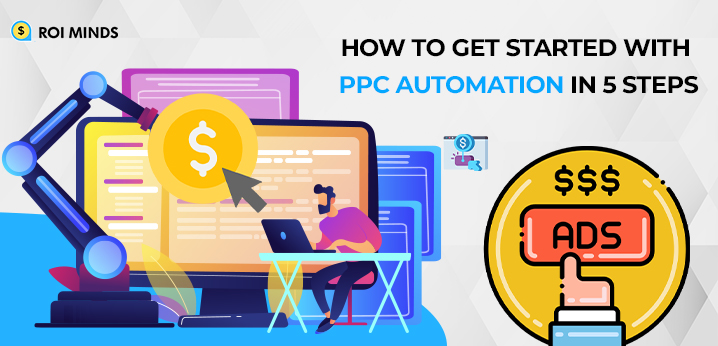What is Postback URL ?
A postback URL is a simple URL with added parameters that are called whenever a conversion takes place. This URL has some data parameters like click id, conversion value and placement ID to log into the affiliate network server or tracking server so that authenticity of conversion can be verified.
Before we dive into the deep ocean of postback URL tracking, let’s first understand the flow in which the URL is processed.
As a marketer you will love the diverse benefits of Postback URL tracking like you can add some sort of attributes to specific ads like placement id, channel id.
As an affiliate marketer, you need some kind of analytics to run a successful marketing campaign but surprisingly you can’t add analytics code on the conversion or ‘thank you’ page.
The Anatomy of the postback URL
Before you understand Postback URL you should be aware of the different moving parts or the structure of the URL. This will give a brief idea about the Postback URL regardless of where it happens and where you are in the whole scenario.
There are two important channels involved in this affiliate marketing process. One is the marketers and the second is the affiliate network.
A person or party deploying his own resources or channel to send traffic should be well aware of the conversion. So he provides the postback URL to the affiliate network.
Second is the affiliate network, an entity that records the conversion and is also in charge of calling 1st party’s Postback URL whenever a conversion even occurs.
How Does PostBack URL Works?
- A user sees a particular ad (and offer) and clicks on it.
- The user transfers through several redirects. In these few milliseconds, information is transmitted to an ad tracker, affiliate Network, advertiser, and a landing page.
- The click is being recorded. It’s given a special ID for the session, which is visible in the landing page URL.
- The user buys an offer on a landing page, and the conversion is correctly attributed to the right affiliate. The advertiser sends a signal to tracker and Affiliate Network with an initial user ID. Affiliate Network fires a postback, while the ad tracker verifies the signal and captures the change. As you remember, it has already received information about the user session after the first click.
Why use Postback URL tracking?
Let’s consider an example Mr. XYZ owns an e-commerce store and runs his own affiliate network. Mr. XYZ has 300-500 affiliate partners. If Mr. XYZ places the pixel for every marketer on his thank you page what will happen the page will become fairly heavy.
So how things will work for Mr. XYZ, a postback URL is placed in their backend server and will be called for conversion-related to an affiliate ID
How does Server know that conversion belongs to you?
When an affiliate marketer sends traffic to the advertiser’s site special parameters are appended to the URL such as “affiliate ID” which enables the backend servers to attribute the conversion to the related affiliate partner.
The whole tracking process starts with a click on the advertiser affiliate link, the click ID key is automatically placed on the tracking link. This key is commonly called “stupid” and it is appended in the URL as :
www.zyz.com?subid– 0asd560fs06g
But beware every affiliate network has its own format for passing parameters like :
- offers: http://postbackurl.io/?conversion_id={aff_sub}
- Cake: http://postbackurl.io/?conversion_id=#s2#
- CJ: http://postbackurl.io/?conversion_id={url(sid)}
It is not clear why there is no common format for all affiliate networks.
This is definitely a topic in academic debate. But the process is much similar in all networks.
If you need any help with postback URL tracking feel free to contact our team.
Happy tracking.
Stay tuned for more updates.



